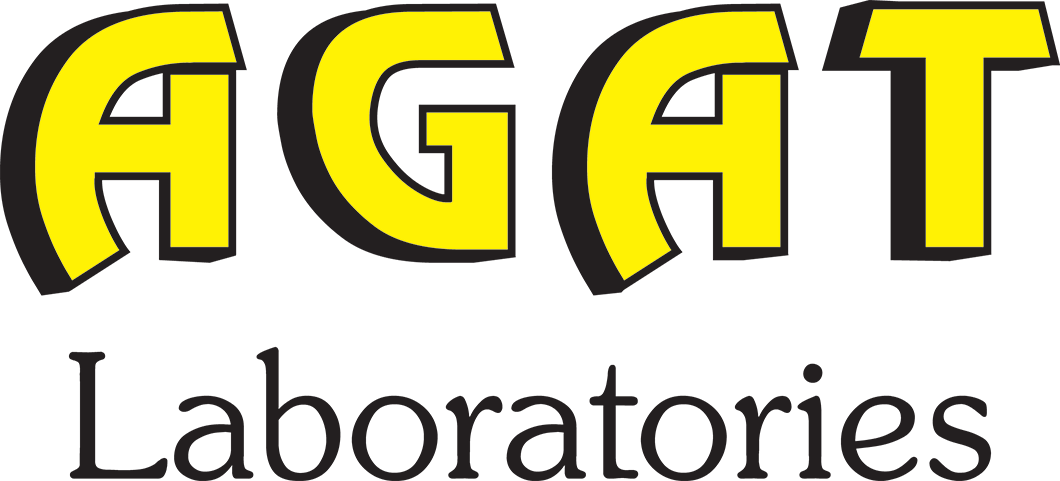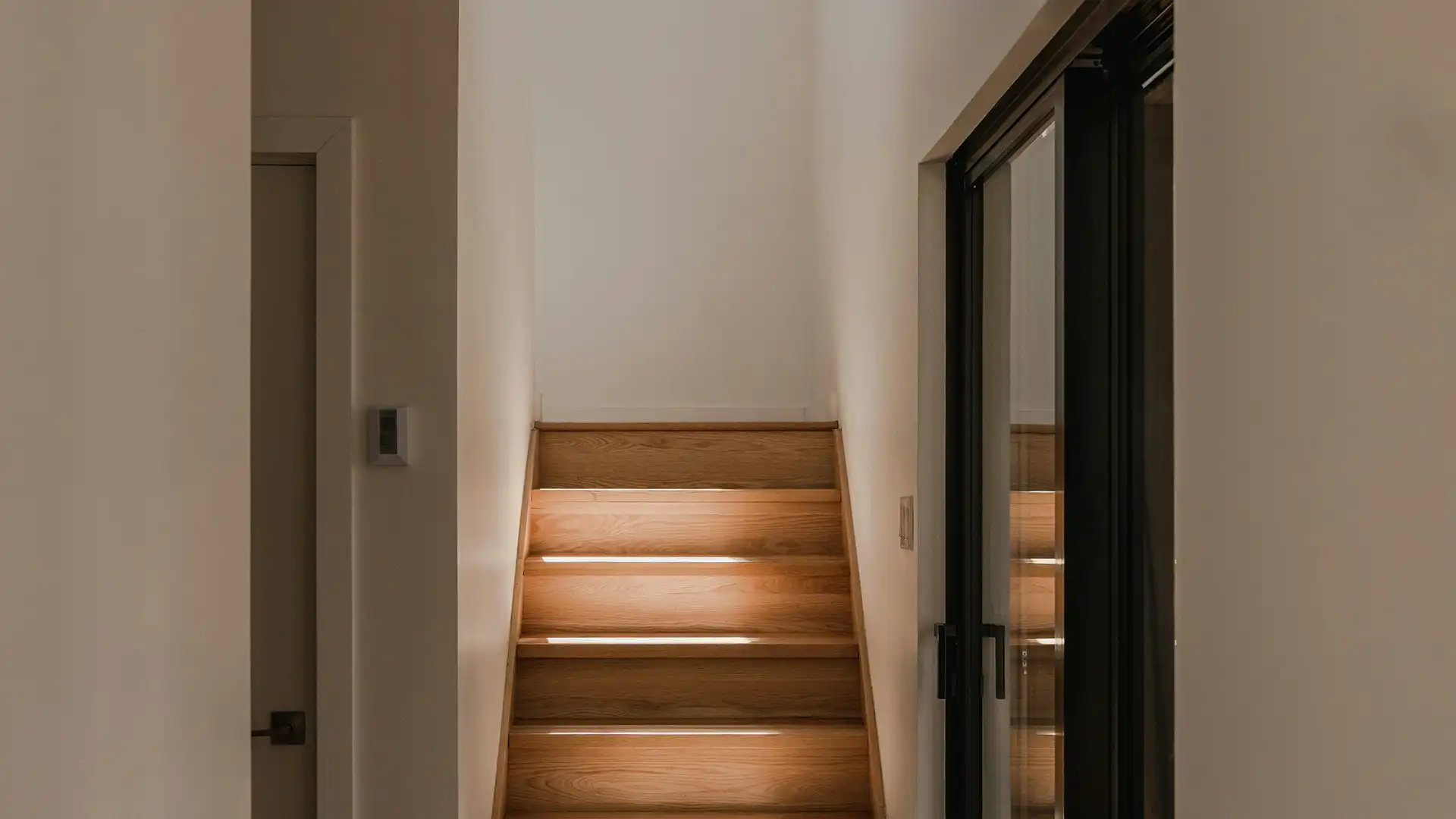Research from a Canada-wide study conducted from 2009 to 2024 shows an estimated one in five Canadian homes have radon levels at or higher than the recommended guideline from Health Canada. Yet just 58 percent of Canadian households said they had heard of radon in 2023. In this article, we’ll outline what you should know about radon as a homeowner or businessowner. We’ll discuss what it is, how it enters your property, the proven risks, and what you can do to reduce your risk to keep your family safe.
What is Radon?
Radon is a naturally occurring gas derived from the breakdown of heavy metals — such as uranium and thorium — in rocks and soil. It starts as radioactive decay of rocks and soil containing these elements. They break down into radium, which further breaks down into radon gas and can then quickly move from the soil to the surface.
In outside air, radon is diluted to such low levels that it’s of no concern. But in enclosed spaces such as homes and businesses, studies have shown it becomes a larger health risk, especially when you’re exposed for long periods of time.
Radon is odourless, colourless, and tasteless. Therefore, testing for radon is the only way to know if your home or business is at risk.
How Does Radon Enter Your Home or Business?
In homes and businesses radon can enter through cracks in foundations, gaps around pipes, floor drains, sump pumps, and window casings. But radon levels can vary significantly over time, so it’s recommended to perform long-term testing to know just how much radon you’re exposed to.
Scientists and researchers say there’s no safe level of radon gas. Therefore, home and business owners should aim to reduce levels to as low as possible. According to the Health Canada guideline, home and business owners should not need to mitigate if radon levels are recorded at or below 200 Becquerels per meter cubed (Bq/m³). For levels above 200 Bq/m³ and up to 600 Bq/m³, Health Canada recommends mitigating within two years. For levels above 600 Bq/m³, they recommend mitigating within one year.

Radon can also enter your home through your water supply. But it’s usually only a concern if your water is sourced from a private or community well. According to Health Canada, research has shown it’s not drinking water containing radon that’s harmful, but inhaling radon gas released from water when showering, washing clothes, or cooking. While it’s already important to test water every six months if sourced from a private or community well, you can also test well water for signs of radon.
In the United States, the guideline for radon in indoor air is 148 Bq/m³. A Harvard study published in early 2025, looking at data from 2001 to 2021, found nearly 25 percent of Americans — more than 83 million — may be exposed to radon concentrations at or above the 148 Bq/m³ guideline. So, it’s not just Canadians who should be aware.
Comparing Regions and Home Types
Currently, researchers say there’s no clear correlation between geographies and radon exposure. While available Canadian data does show higher average radon recordings across the Prairies and Atlantic Canada in comparison to the Pacific coastal region, homes can vary in the same neighbourhood.
One scientific report looking at younger North Americans, found higher radon exposure rates among younger generations possibly due to them typically living in twenty-first century homes. The report found twenty-first century builds “contain substantially greater radon gas levels relative to those constructed during the twentieth century and earlier, for not yet entirely clear reasons relating to evolving build practices.”
Another study comparing rising radon levels in new Canadian homes to reduced levels in new Swedish homes shows a possible correlation between differing design trends and building codes. Although, researchers conclude an unintentional reduction in radon due to the engineering design of Swedish homes. But further discuss how building codes should be updated with considerations for radon since data shows new Canadian homes are being constructed with 467 percent greater radon than their Swedish equivalents.
What Are the Risks and Dangers Associated with Radon?
Evidence shows radon exposure is responsible for one in six of all lung cancers. It’s the leading cause of lung cancer among non-smokers globally. And is classified as a known cause of cancer by the International Agency for Research on Cancer (IARC).
While according to studies there’s a 16 percent increase in risk for developing lung cancer per every 100 Bq/m³ increase in long-term average radon exposure, tobacco smokers are at an even higher risk if exposed to radon for prolonged periods.
Further studies have been conducted on radon and health risks. Several looked at the link between radon exposure and childhood leukemia risk but found no significant association.
How to Detect Radon
Do-It-Yourself Radon Testing Kits
Many Canadians are turning to easy-to-use do-it-yourself radon testing kits to reveal if their radon levels exceed Health Canada’s recommendations. Due to the sheer number and variety of models on the market, it’s increasingly difficult to choose what is best suited. Some consumer models claim ‘instant readings’ but in fact, as radon levels vary so frequently, these should not be seen as definitive results — especially when performing an initial test. Furthermore, short-term testing is ideal following mitigation for quick readings. But reliable long-term testing should be preferred in almost all cases. Studies have found long-term testing to have a 96 percent accuracy.
At AGAT Laboratories, we’ve been supporting Canadians with scientifically-backed radon testing led by experts for almost a decade. These user-friendly radon testing devices are the same used in large-scale business testing and are C-NRPP certified — the Canadian – National Radon Proficiency Program, a certification program that establishes high standards of practice and guidelines to protect public health against radon. Short-term and long-term radon testing kits can be purchased online, delivered to your door, and mailed back to us once the test is complete. We also offer testing kits to measure radon in water.
When should you do a radon test? The optimal time to test for radon is during fall and winter months between October and April. Many Canadians wonder — are radon levels higher in the winter? Testing in winter provides more accurate readings of radon exposure. This is due to several factors including reduced ventilation in homes and frozen ground which can cause radon to release due to an increase in pressure in the soil. Our experts recommend testing in fall or winter for at least 91 days to get the most accurate results.
Should Businesses Test for Radon Gas?
Just like homeowners can only reveal their radon levels by testing, business owners should consider the same. When AGAT Laboratories supports Canadian businesses and institutions in testing for radon gas, we use a rigorous quality control method to ensure accurate and reliable results.
Developed in accordance with C-NRPP’s Quality Control and Quality Assurance Manual for Radon Sampling and Analysis, our process involves duplicates and blanks to assess precision of radon testing devices. We use duplicates for 10 percent of the total number of devices deployed and blanks for three percent of the total number of devices deployed. For example, in radon testing conducted at an educational institution, we deployed 73 radon testing devices, seven duplicates, and three blanks.
Over the past decade, other business and institutions have been taking steps against radon. According to CAREX Canada — a multi-institution team of researchers and specialists focused on providing knowledge about Canadians’ exposures to known and suspected carcinogens — an initiative conducted in 2017 saw 100 percent of schools in Saskatchewan, New Brunswick, Nova Scotia, and Prince Edward Island test for the possibility of radon. Following the release of the report, more schools in other provinces had either tested for radon or entertained the possibility of testing. It’s the most current information available, but there are always new school districts looking into taking action against radon according to subsequent research.
In academia, the University of Calgary has committed to achieving radon levels less than 100 Bq/m³ — the World Health Organization (WHO) guideline for radon levels — as part of the University Radon Monitoring Project, a study to analyze radon levels on their campuses. Phase three was conducted in fall 2024, and mitigation efforts were initiated summer 2025 where levels were above 100 Bq/m³.
What to Do Once You Get Your Radon Results
Once you receive your radon testing results, you should look to mitigate as soon as possible if your radon levels exceed Health Canada’s recommended 200 Bq/m³. Those who perform a radon test with AGAT Laboratories will receive their results by email in five to seven business days once the kit is returned.
We recommend finding a C-NRPP certified mitigation professional at https://c-nrpp.ca/find-a- professional/ to begin necessary steps to keep your home safe from unhealthy levels of radon.
In a 2022 CBC article, Dr. Aaron Goodarzi, University of Calgary associate professor and a leading researcher in radon gas, says only one third of homes who identify high levels of radon take the necessary steps to mitigate. The other two thirds either lack the financial ability to mitigate or are procrastinators, according to Goodarzi. He is calling on government to find ways to support homeowners in radon mitigation.
Currently there is financial support available through the Canadian Lung Association. Canadian homeowners may be eligible to receive up to $1,500 towards radon mitigation.
For a more in-depth look at radon gas, read the Cross-Canada Survey of Radon Exposure in Residential Buildings of Urban and Rural Communities.
And visit the AGAT Laboratories Radon Info Hub to learn more about our short-term and long-term radon tests available for purchase. Take action on radon today and begin your journey to a safer home or business environment.




